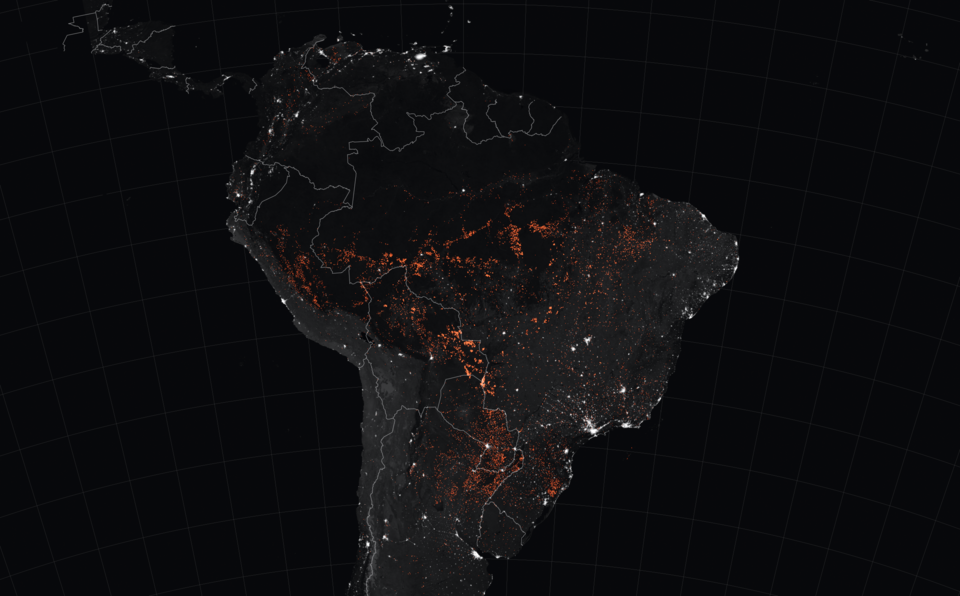Brazilian Researchers Develop Drone with 'Electronic Nose' for Wildfire Detection

In a groundbreaking initiative aimed at combating wildfires before they escalate, researchers from the University of São Paulo in Brazil have developed an innovative drone equipped with an advanced gas sensor technology. This drone, likened to having an 'electronic nose,' is designed to detect early signs of wildfires by identifying gases emitted during the combustion of organic materials. The project, which was showcased during the aeronautics session of FAPESP Week Toulouse in France, highlights the urgent need for effective wildfire detection methods, especially in remote areas where traditional surveillance is limited.
Wildfires are responsible for approximately 20% of global carbon emissions annually, threatening ecosystems and human health. In 2023 alone, wildfires burned over 32 million acres in Canada, releasing more than 2 billion tons of carbon dioxide into the atmosphere. The urgency of proactive wildfire management has never been clearer, particularly as climate change continues to extend fire seasons and increase their severity.
Dr. Glauco Augusto de Paula Caurin, a project coordinator and professor at the University of São Paulo, stated, "We made several adjustments to integrate specific gas sensors that work together like an electronic nose." The drone's ability to detect gases such as carbon dioxide and other combustion byproducts allows for early intervention, potentially preventing fires before they can spread uncontrollably. This capability is crucial for protecting both the environment and human populations living near fire-prone areas.
The drone has already undergone successful test flights in controlled environments, and researchers are preparing for field tests in regions near São Carlos, a city in São Paulo state. Future plans include expanding operations into the Amazon rainforest, where the stakes for early wildfire detection are particularly high given the region's ecological significance and vulnerability.
Experts believe that this technological advancement could revolutionize wildfire management not just in Brazil, but also globally. The ability of drones to detect wildfires significantly surpasses that of satellites, which often involve delays in detection and response. Caurin emphasized, "Drones allow forest fires to be detected much more quickly than satellites can," underscoring the potential for faster response times, fewer evacuations, and ultimately, less property damage.
The implications of this technology extend beyond immediate disaster response; it also addresses broader environmental concerns. With wildfires contributing to deteriorating air quality and increased greenhouse gas emissions, innovations like this drone could play a pivotal role in mitigating climate change impacts. As reported by the World Wildlife Fund, the rise in wildfires poses significant risks to biodiversity and ecosystem stability, making proactive measures critical.
In conclusion, the development of drones with 'electronic noses' represents a significant step forward in the fight against wildfires. As climate threats intensify, such technological innovations not only offer hope for immediate disaster response but also pave the way for a more sustainable and resilient future. Ongoing collaborations between scientists, government agencies, and industry stakeholders will be essential to refine and implement these solutions effectively across various ecosystems worldwide.
Advertisement
Tags
Advertisement





